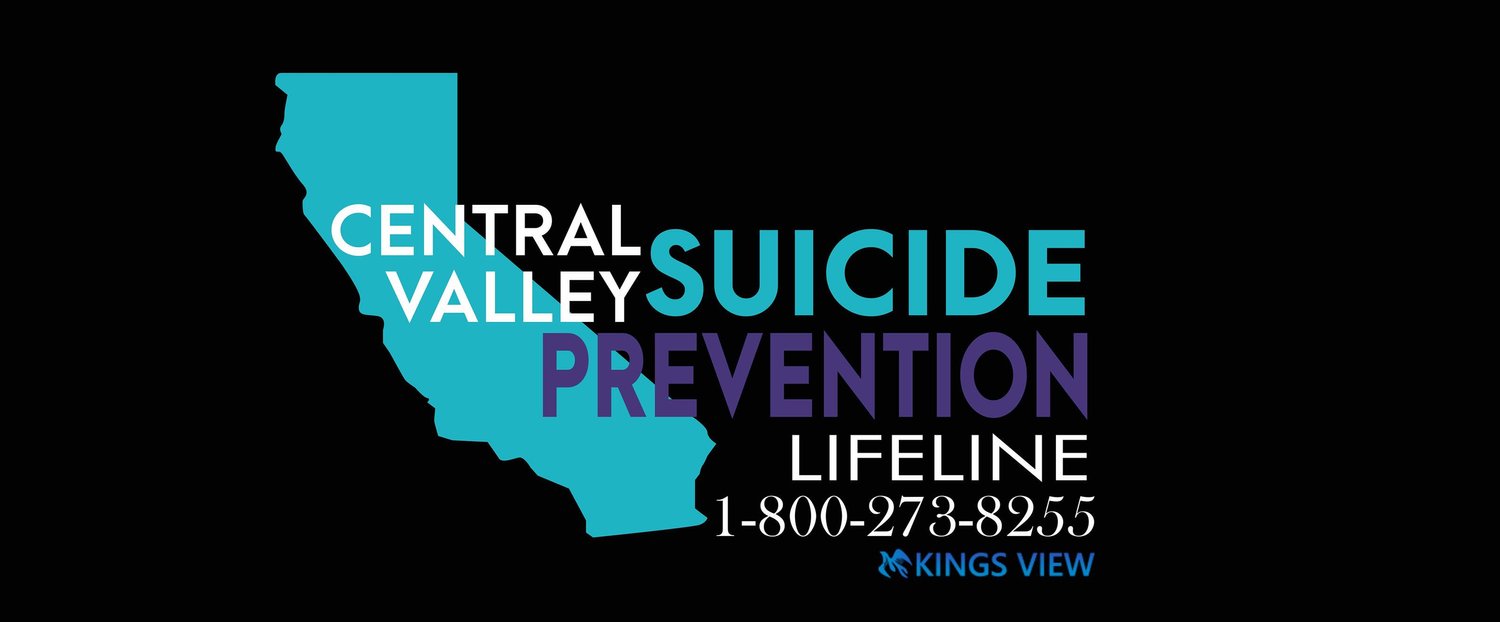LGBTQ+
The American Association of Suicidology in 2016 reported lesbian and gay youth are three times more likely to report suicidal ideation when compared to heterosexual youth. Similarly, Bisexual youth are five times more likely to report suicidal ideation than heterosexual youth.
In a study developed by the Center for Disease Control and Prevention in 2015, it was observed that 42.8% of LGB youth had seriously considered suicide within the last year as compared to 14.8% of heterosexual youth. Further, 29.4% of LGB youth attempted suicide as compared to 6.4% of heterosexual youth.
While youth are generally at higher risk for suicide, LGB youth experience several specific risk factors, including:
Conflict with family or friends because of sexual identity Stigma
Threat of violence
Institutional discrimination
Homelessness
Physical and verbal abuse, including bullying and cyberbullying
Substance abuse
Depression and anxiety
High risk sexual behavior
Isolation and exclusion
Maladaptive coping strategies
LGBTQ individuals are also at higher risk for developing substance abuse issues, depression, anxiety, and other emotional problems.
Due to the discrimination and stigma surrounding identifying as a sexual minority, LGBTQ individuals are exposed to multiple risk factors and often have fewer supports and protective factors than their heterosexual counterparts. LGBTQ individuals often experience a lack of family connectedness, peer acceptance, and other social support. These individuals also have less or no access to culturally competent physical and mental health resources, placing them at even higher risk.
Several organizations have made advances in providing much needed support for the LGBTQ population. A leading national nonprofit, the Trevor Project aims to provide crisis intervention and suicide prevention services to LGBTQ youth. The Trevor Project also offers educational workshops and a resource network specific to LGBTQ issues. To learn more, please visit www.thetrevorproject.org.
Another such organization is My LGBT+, whose local chapters aim to connect individuals with resources and create opportunities for interaction and social support. My LGBT+ provides support, services, and resources for any who identify as a sexual minority either through sexual orientation or gender identity. The organization also encourages straight allies to play an active role, yielding programs like “PFLAG” (Parents and Families of Lesbians and Gays) which provides support, education, and advocacy within their communities. To learn more, please visit www.mylgbtplus.org.
http://www.sprc.org/sites/default/files/migrate/library/SPRC_LGBT_Youth.pdf


